The popularity of home roses among gardeners is growing from year to year. This beautiful flower is a worthy copy in the home collection. It has long ceased to be only an attribute of a garden plot or botanical gardens. A chic flowering bush on the windowsill in the apartment is a source of good mood and a special atmosphere in the house.
Growing roses in a house is not an easy process, and knowledge of the general principles of floriculture may not be enough. Caring for a room rose at home requires an individual approach. Very often, a bought or donated rose disappoints its owner - it withers, leaves turn yellow, new buds do not appear.
In order for the plant to live long and enjoy its flowering, it is important to know from the first day what conditions are optimal for it and try to provide them. Only then will the flower reciprocate and become a source of positive emotions.
Content
Characteristics of a room rose
The relatively small size of the plant allows you to grow it in pots, and not in the open ground. Although the name of the flower is “indoor”, and the classic home rose is a small bush, today you can find larger species reaching one meter in height.
The classic bush grows to half a meter, has hard carved or elongated leaves, thick stems covered with spikes, and bright flowers. A variety of colors includes white, cream, yellow, all options from pale pink to bright red.
The species diversity of roses is so great that you can meet completely dissimilar specimens. There are varieties of bush, creeping, curly, standard. Therefore, each grower can choose for himself a suitable plant.
Plant homeland and growing history
The history of the origin of the plant is not known for certain. There are many opinions on this subject. Some believe that the flower’s homeland is Europe, others tend to think that it is China, others believe that the plant spread from Southeast Asia.
Whatever the case, today it is known that in ancient Rome miniature rose bushes were grown. And although decorative plants were not typical for the Romans, however, they were planted in flowerpots and used indoors.
Indoor rose - a plant bred artificially. This is the result of a large selection work on the crossing of many types of roses. Thanks to this, today there are many types and varieties that have an attractive appearance and various requirements for content.
Names and descriptions of species with photos
Not all types of domestic plants will feel comfortable in an ordinary apartment. Nevertheless, the variety of varieties, their appearance, requirements for content and sizes allow you to choose exactly the bush that will meet the wishes and future conditions of the content. The main types, their description and appearance are presented in the photo:
- Bengal is a small dense bush, ideal for those who cannot tolerate intense aromas. Leaves are pointed and slightly flattened. Flowers can be of various shades.It was this species that was first introduced to Europe, and for a long time was the only variety of blooming house rose.
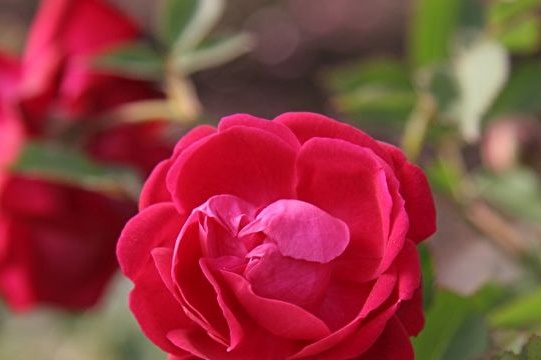
Bengal In care, this species is unpretentious, calmly tolerates normal humidity, pruning, if required, is infrequent. Usually only dry or diseased branches are removed. He loves loose soil with a large drainage content.
- Tea rose originated from a Bengal species. This variety is the result of breeding work combining miniature and ordinary garden tea flowers. Came to Europe from India. The sizes of the bushes are very diverse.
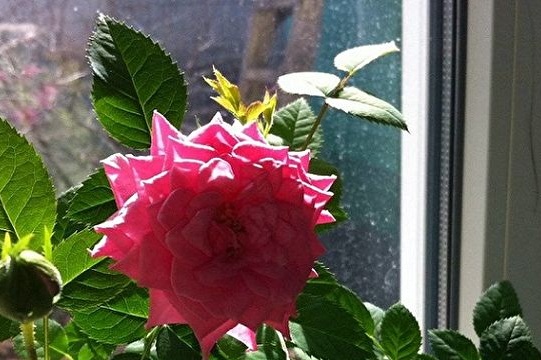
Tea Room There are dwarf varieties not exceeding 30 cm, and there are giant ones that reach two meters. The standard size is within half a meter. The flowers are varied and exude a pleasant aroma, quite intense. The leaves on the stems grow densely, light green in color. Ideal for housing.
- The Chinese rose differs from others in that its small flowers almost completely cover the bush, forming a kind of hat. That is why the Chinese rose is appreciated by many gardeners.
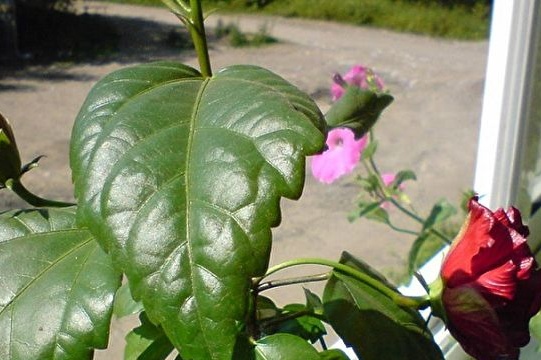
Chinese - Polyanthus is a highly branched, but compact bush, not exceeding 50 centimeters. There are subspecies with double flowers, or collected to the brush. As a result of long breeding work, the polyanthus rose is suitable for both indoor and outdoor cultivation. At the same time, he feels good on the windowsill and on the balcony. Among its most popular varieties are Miniatures, Clotilde and Orange Triumph.
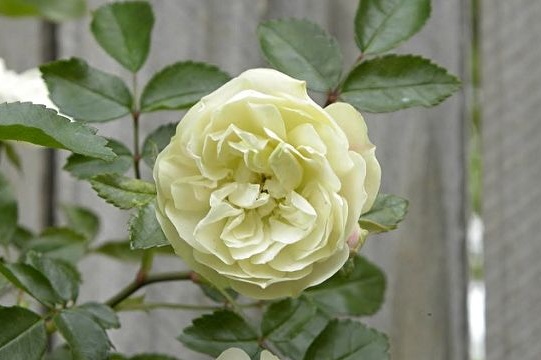
Polyanthus - Baby Masquerade is a small compact bush, not exceeding 30 cm. A distinctive feature of the plant is the almost complete absence of thorns on rather dense stems. The leaves are dark, medium-sized, have a glossy surface. Flowers in diameter can be 3-4 cm. They are collected in inflorescences and change color several times over the entire flowering period, moving from light yellow to pale pink. This species is resistant to disease and blooms almost continuously.
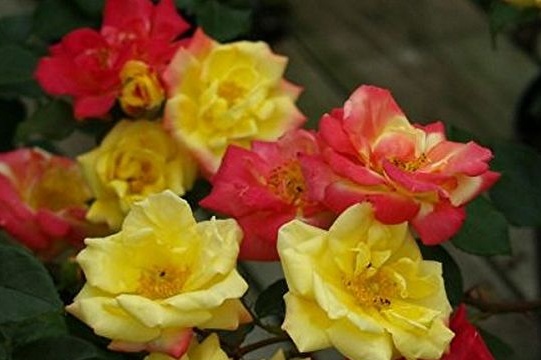
Baby masquerade - Bourbon rose is a miniature bush with terry flowers large enough for its size. It blooms for a long time, before the start of winter, but after it drops its leaves and rests until April. From this time, new shoots begin to appear.
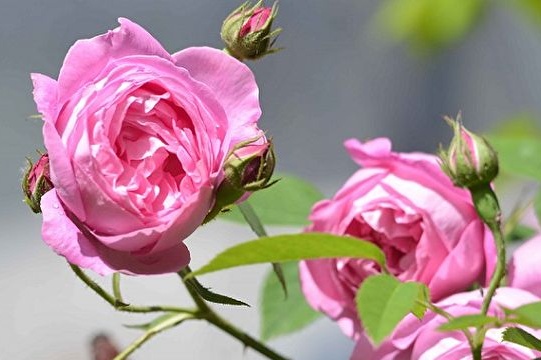
Bourbon - Remontant - a popular and unpretentious look. It blooms almost all year round. Flowers can have a variety of colors and are medium in size. The buds are goblet.
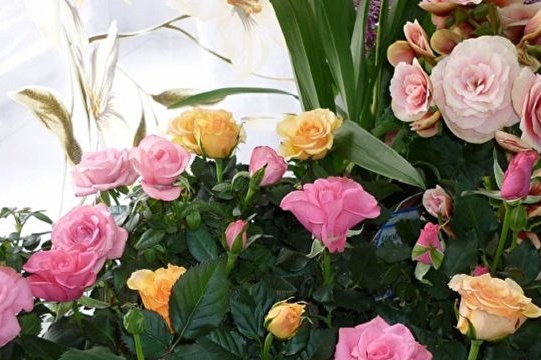
Repair - Rosa Hummingbird has its own peculiarity - flowers of various shades from yellow to orange. The size of the flowers collected in inflorescences is 4-5 centimeters. The bushes are compact, dense, up to 35 cm high. Such a plant blooms several times a year.
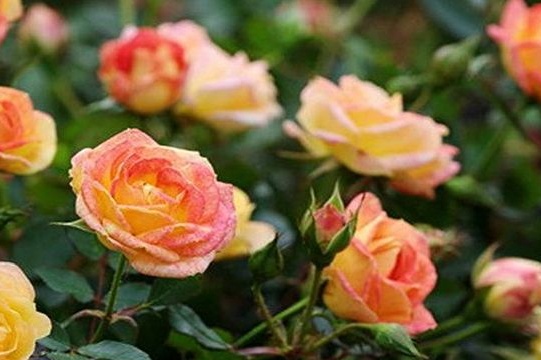
Hummingbird
Of course, species diversity is not limited to these varieties. However, they are considered the most suitable for growing in ordinary apartments.
How to care for homemade roses in pots?
A rose in a pot is very similar to a garden rose, but requires special care. It can not be called unpretentious, and only knowing how to care for it will allow you to grow a dense bush with abundant flowering.
Landing soil
Land for the flower should have a loose structure and many nutrient components. The best solution is to purchase a ready-made soil mixture intended for home roses. Ready soil is good in that when it is prepared, all the requirements of the plant are taken into account. For self-preparation of soil, humus, peat, sand, garden or turf ground are mixed. All components must be taken in equal quantities.

Roses need drainage. It is laid on the bottom of the pot, and sprinkled on top with the finished substrate. When planting a plant, you need to ensure that it fits tightly in the pot. For this, the soil is well compacted.
Lighting
Rosa loves adequate lighting. The north side of the apartment does not suit her.It is better if the plant is located on the west or south side. However, direct sunlight is also not the best solution for the bush. To avoid burns, it is better to put the pot a little away from the windowsill, or pritenit flower in the summer.
In the cold season, the rose is deficient in light, so it needs to create additional lighting with a phytolamp.
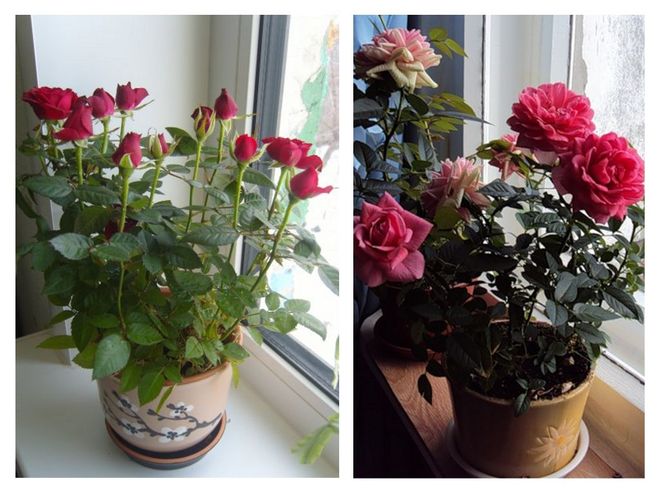
The room where roses grow should be regularly ventilated. At the same time, drafts must be avoided - their rose really does not like.
Temperature and humidity
Roses do not tolerate high temperatures. Optimum in the summer is considered a temperature of + 16-25 degrees. With its increase, overheating and rotting of the roots can be observed.
In winter, when the plant is resting, the temperature can drop below, to +10 degrees. For a plant, such indicators are not critical, since all vegetative processes are slowed down, and in general the bush is calm about temperature differences.
If heating appliances are operating in the apartment, the air must be moistened additionally, for example, by placing a vessel with water near the pot. Favorably affects the condition of the plant and spraying with warm water. In the summer, once a week, for better hydration, the flower can be washed in the shower. It is important to water only the bush, and not the soil.
If in winter the plant is at rest, you can not spray it. Enough moderate watering.
Watering
Watering the flower is necessary taking into account the season. In the summer, watering is carried out when the surface of the substrate dries. They do this with soft water at room temperature, and in no case cold. The water that flows into the pan must be drained, otherwise the roots may rot due to excess moisture. At high air temperatures, the plant is additionally washed in the shower 2-3 times a week.
In winter, the plant also needs watering, but to a lesser extent. You can refuse to moisturize, because at this time most varieties are at rest.
The flowering period increases the moisture requirements of the rose. At this time, the plant must be watered more often, while also trying to ensure that the water does not stagnate in the pan.
Top dressing
The best fertilizer for rose bushes is complex mineral, including all the necessary nutrients. During budding and active flowering, phosphorus and potassium must be added.
In spring and summer, top dressing is carried out in a radical way once every 7-10 days. A solution of fertilizer is watered. For adult bushes, foliar top dressing can be applied by spraying the leaves.

Fertilizing the soil requires caution - if you do this too often during the budding period, the bush will produce many new leaves, but flowering may not start.
Transfer
When transplanting roses, the following factors are considered:
- a new plant is replanted no earlier than a few weeks after the acquisition;
- a young flower is relocated to a new pot once a year;
- adult transplant as necessary.
When choosing a pot, it is better to give preference to a clay container with thick walls. At the bottom it is necessary to place drainage - crushed brick or expanded clay. Then a little new substrate is poured and compacted.
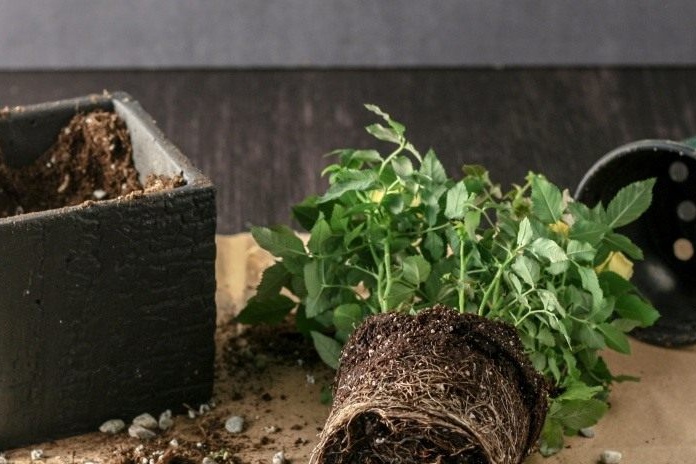
The rose is transplanted by transshipment with an old lump of land. This prevents damage to the root system.After extraction, visible roots are inspected - if they are light in color, dense and elastic, then the plant is healthy. The presence of darkened or dried up elements may indicate a possible imminent death of the bush.
Having placed the bush in a new pot, it is covered with soil, which must be compacted so that the plant sits firmly in the ground.
Transplanting greatly weakens the rose, and during this period it needs additional protection - treatment from pests. And especially weak plants are covered with plastic with a container with holes. The greenhouse effect created in this way will contribute to the early adaptation of the bush to new conditions. The first time after transplanting, the soil is well moistened, and the pot is placed in a lighted place.
Cropping and shaping
Not all varieties require pruning. Among those who need it, there are those requiring the formation or simply removal of weak, old or incorrectly growing stems. The procedure is best done before the onset of winter. Otherwise, next year the bush will be weakened, and flowering sparse.
Cut roses with a sharp metal tool. First of all, weak, sick and old branches are removed, as well as those having the wrong direction of growth. Healthy shoots are cut so that each has 5-6 growth points.
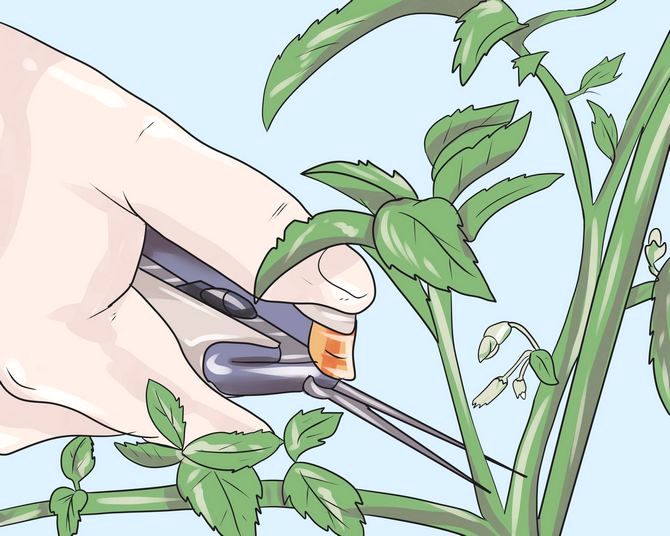
After the formation of the bush, it is left in a cool place until the first leaves appear. Next, the bush is moved to a brightly lit place and looked after in the usual way.
Breeding
At home, roses are propagated by cuttings. The procedure can be combined with cropping. To do this, choose cuttings with a length of approximately 15 cm with several leaves and at least three growth points.
For the appearance of the first roots, the stems are placed in water at room temperature for several weeks. After the roots are strong, the plants can be planted in temporary containers of small volume, for example, small glasses.
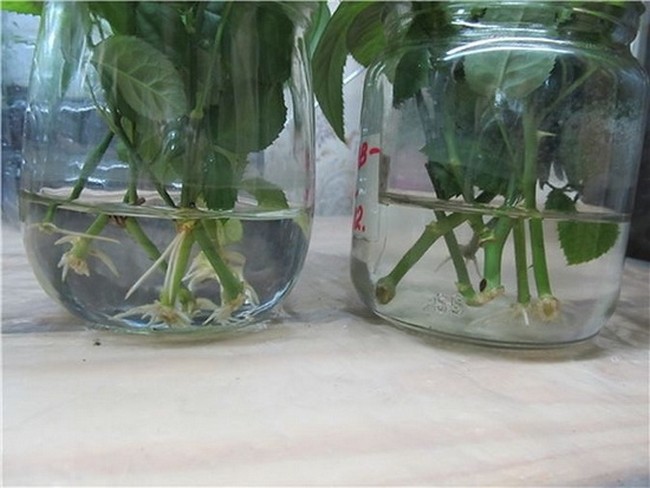
The soil must be fertile. Rooted cuttings are covered with a film to create a greenhouse effect. Gradually, young bushes become accustomed to room conditions, and next year they can please their owner with active growth and flowering.
Why do the leaves of a room rose dry and turn yellow and what should I do?
Improper care of the rose often leads to disease and pest attacks. If the leaves turn yellow or dry, then the room beauty urgently needs help, otherwise she may die.
Most often, these unpleasant symptoms are disturbed by flowers in winter or summer, when the air is dry - in summer from heat, in winter - from the operation of heating devices. Most of the problems in growing roses are associated with a violation of the watering regime, for the same reason, the flower can become sick or suffer from pests.
Improper hydration
Drying of the rose most often indicates insufficient moisture. The main risk factors are:
- irregular watering;
- dry indoor air;
- the presence of batteries and other heating devices near the plant.
The first thing to do is to check the degree of drying of the soil. If the top layer is dry - the flower needs watering. On especially hot days, the plant must be watered 2 times a day, choosing the coolest time.

The cause of yellowness of the leaves is also most often the wrong watering. But in this case we are talking about excess moisture. If the soil does not have time to dry out, decay of the root system may begin, which adversely affects the health of the whole plant.
If the leaves darken and fall, you need to think about the temperature of the water for irrigation. It should not be cold. Ideally, if it is room temperature and settled.
Disease and treatment
The rose bush is susceptible to various diseases: fungal and viral infections, rot. There may be several causes of diseases, but most have similar symptoms - the appearance of plaque and spots. At the first symptoms, the plant must be treated with fungicides and remove diseased areas.
Lack of nutrients in the soil very often leads to yellowing of the foliage. If this is the case, it is advisable to transplant the plant into a better substrate and fertilize.

Fungal diseases lead to darkening of the stems. A plaque appears on them, the leaves become stained. The most common fungal diseases are powdery mildew and rust. It is better to remove diseased processes, and treat the plant with special solutions, for example, Fitosporin.
Viral infection provokes deformation of the leaf and a change in its color. In this case, it is also necessary to get rid of the diseased parts, review the quality of care for the rose and strengthen its health.
Pests and control methods
In dry and hot air, a rose often suffers from a spider mite, scutellum and aphid.
The spider mite multiplies very quickly because it lives in large colonies. If there are other plants in the house, they cannot escape the attack of the spider mite. Therefore, all indoor flowers must be processed. Under the influence of a tick, the leaves grow dull; small dots can be found on them. In addition, a thin cobweb covers the leaves and stems. To combat the pest, Actellik is used. To avoid infection, you must carefully monitor the humidity.
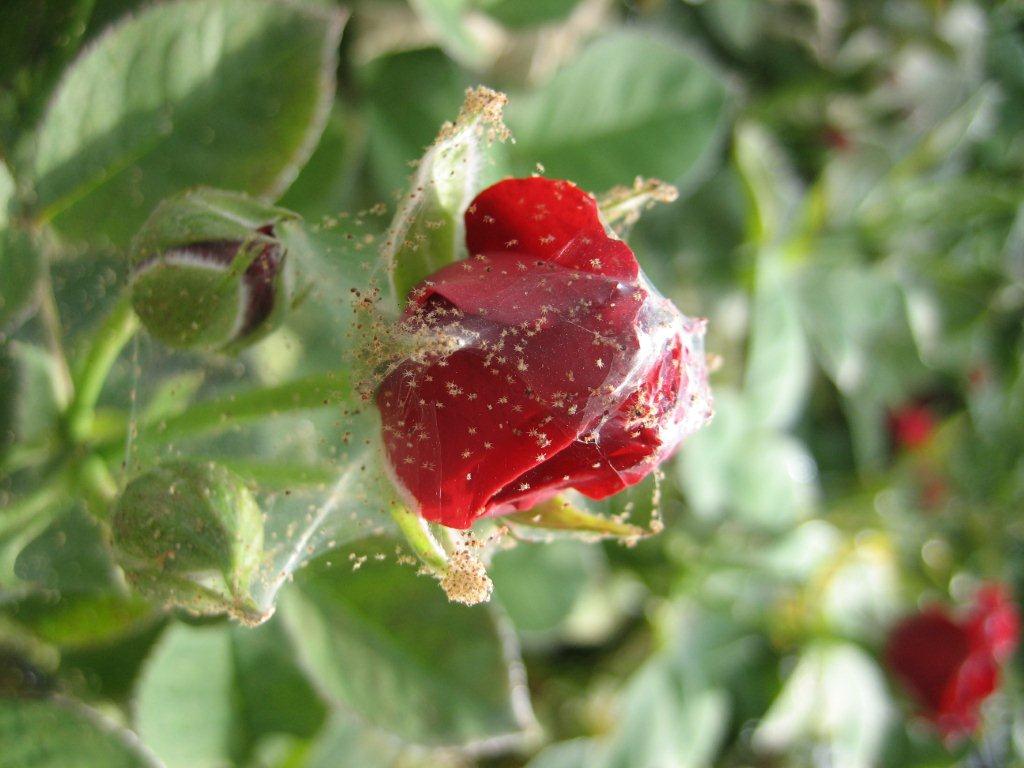
Infection with scabies can be guessed by growths on the surface of stems and leaves. First of all, they are cleaned of plaque, and then treated with Actara or Fitoverm.
Any lesion must be eliminated quickly, following the instructions on the packaging of insecticides, since delay can lead to the death of a room rose.
Common questions
The main thing in caring for a rose is to get used to carefully and scrupulously observe all the conditions important to it. This may seem difficult, but as soon as the indoor rose bush blooms, all difficulties will fade into the background. It remains only to inhale your favorite fragrance and enjoy the beauty of flowers.

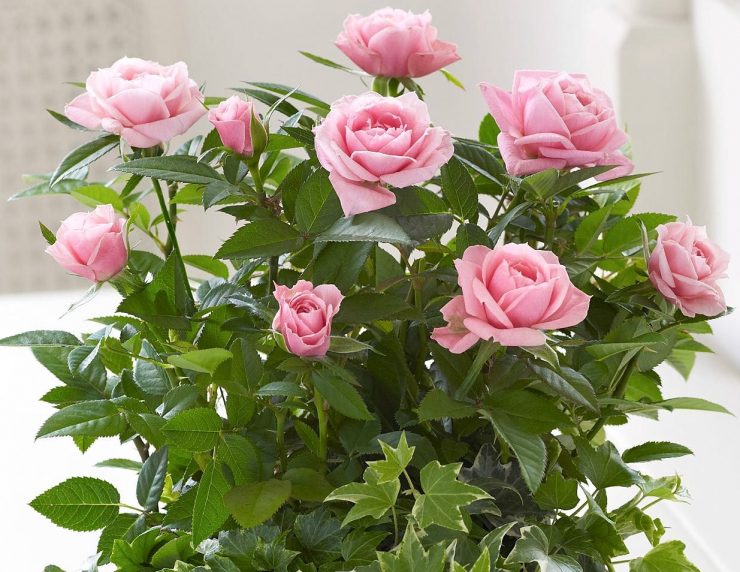
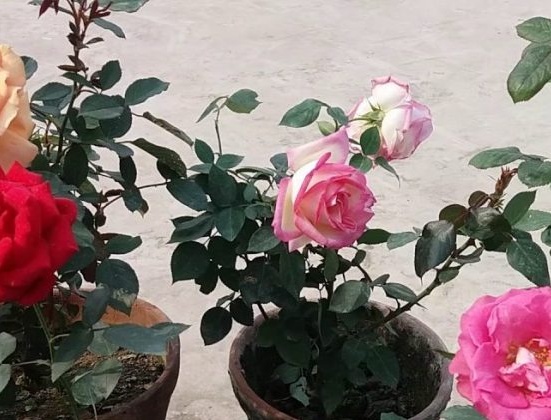
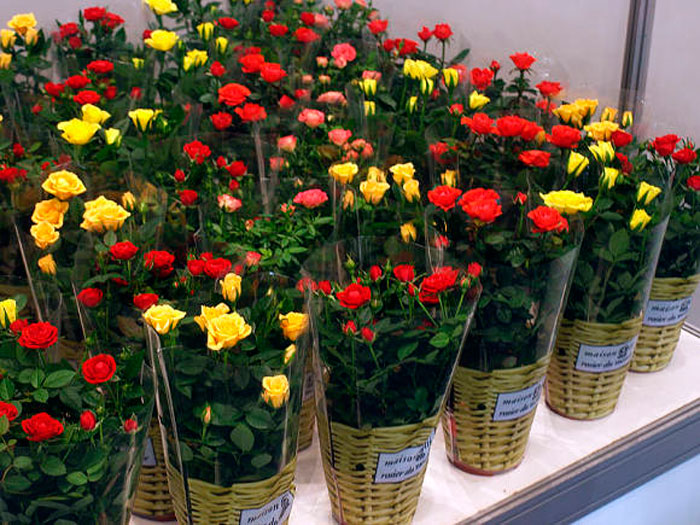
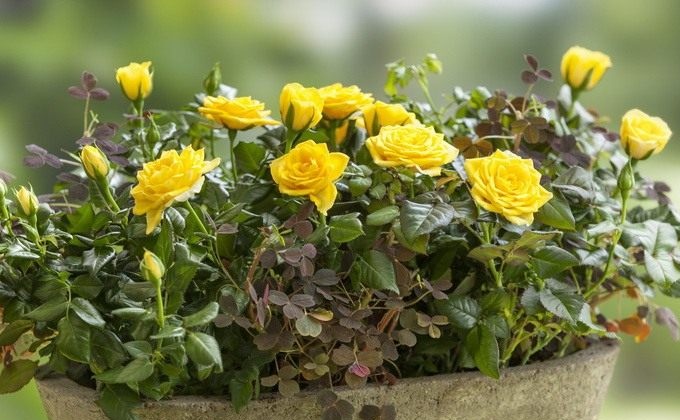
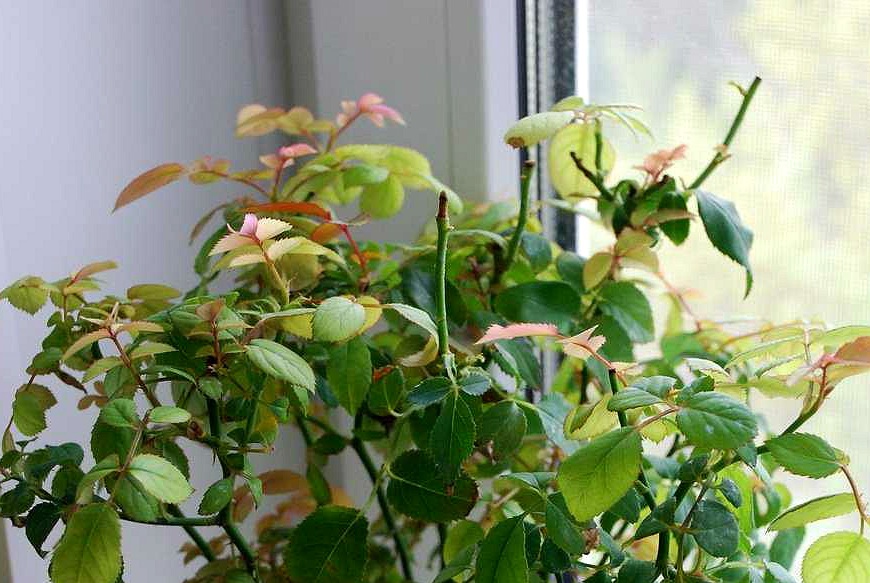
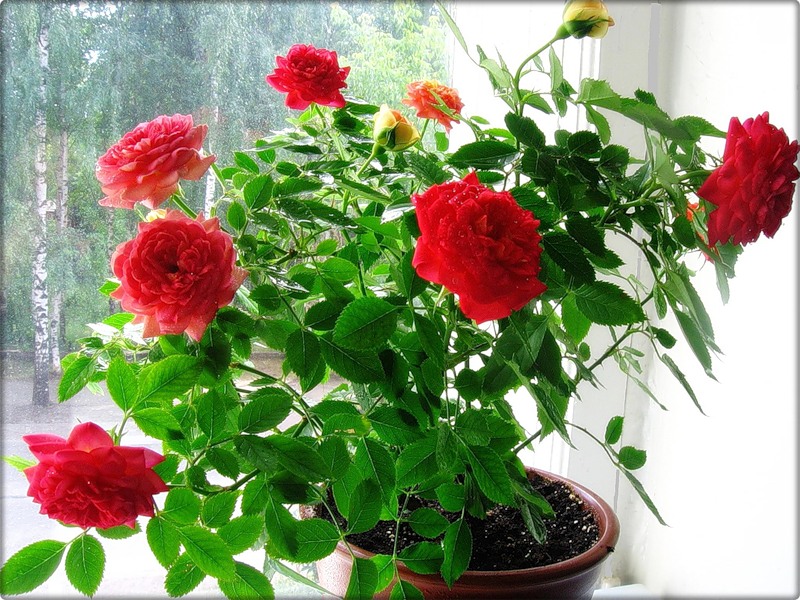
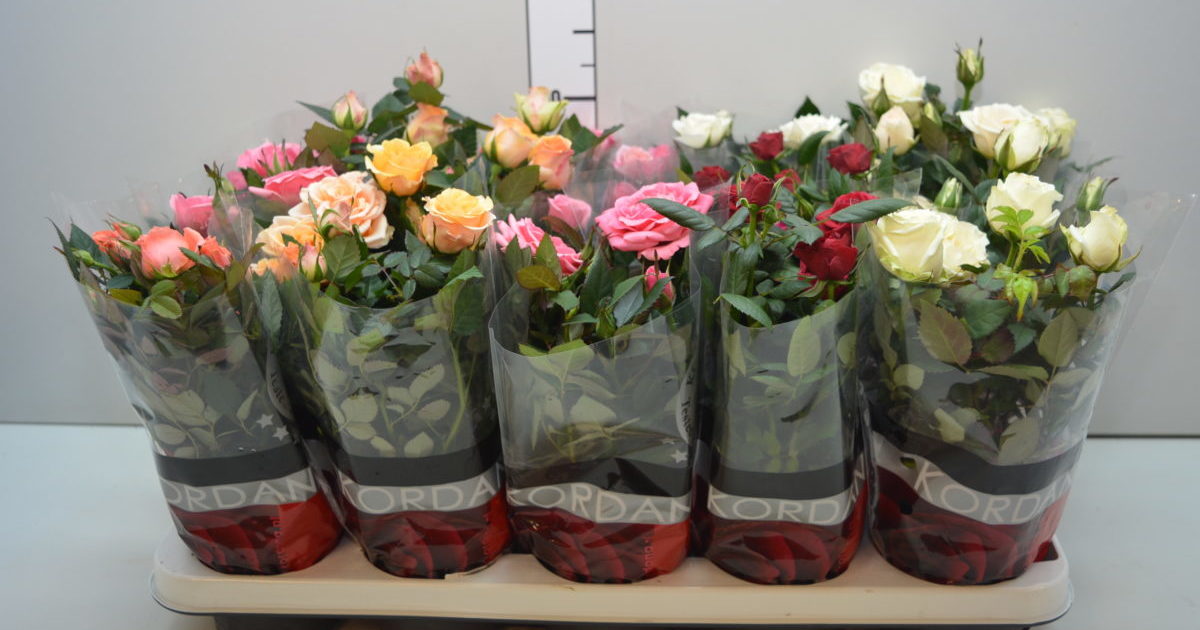
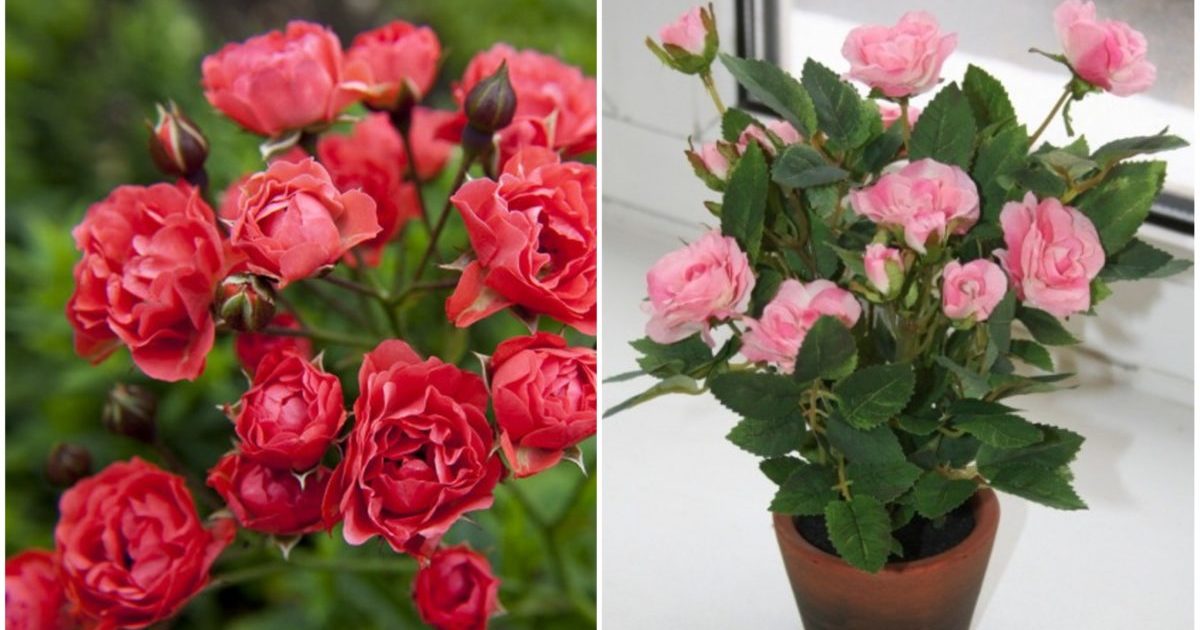
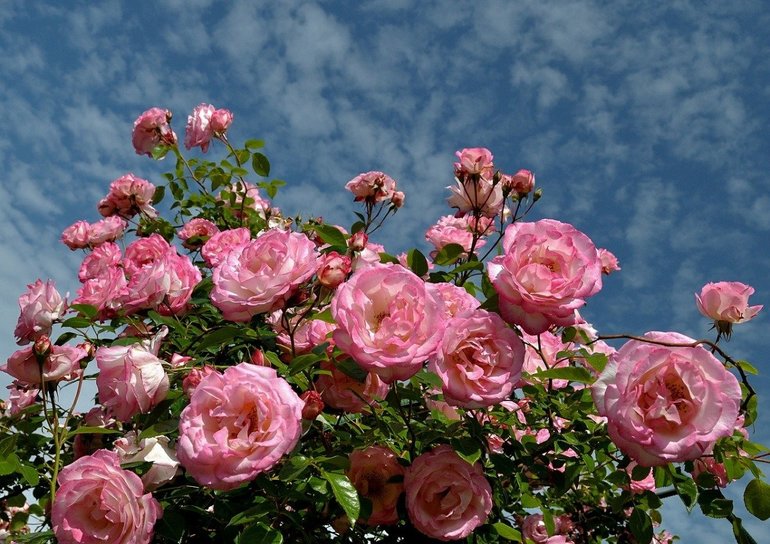
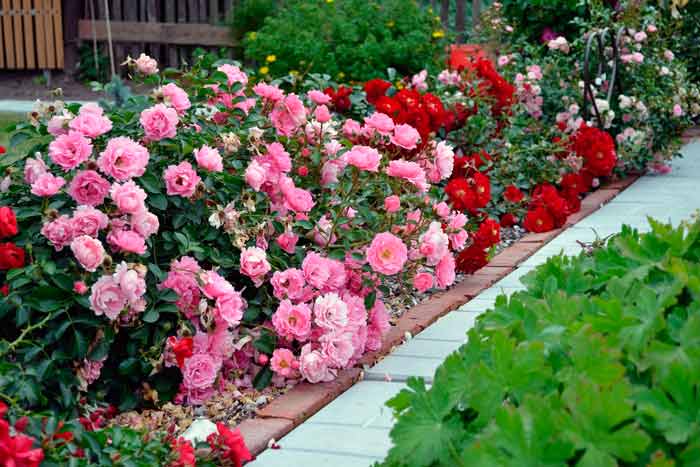 Shelter of roses for the winter: at what temperature does the robot hold
Shelter of roses for the winter: at what temperature does the robot hold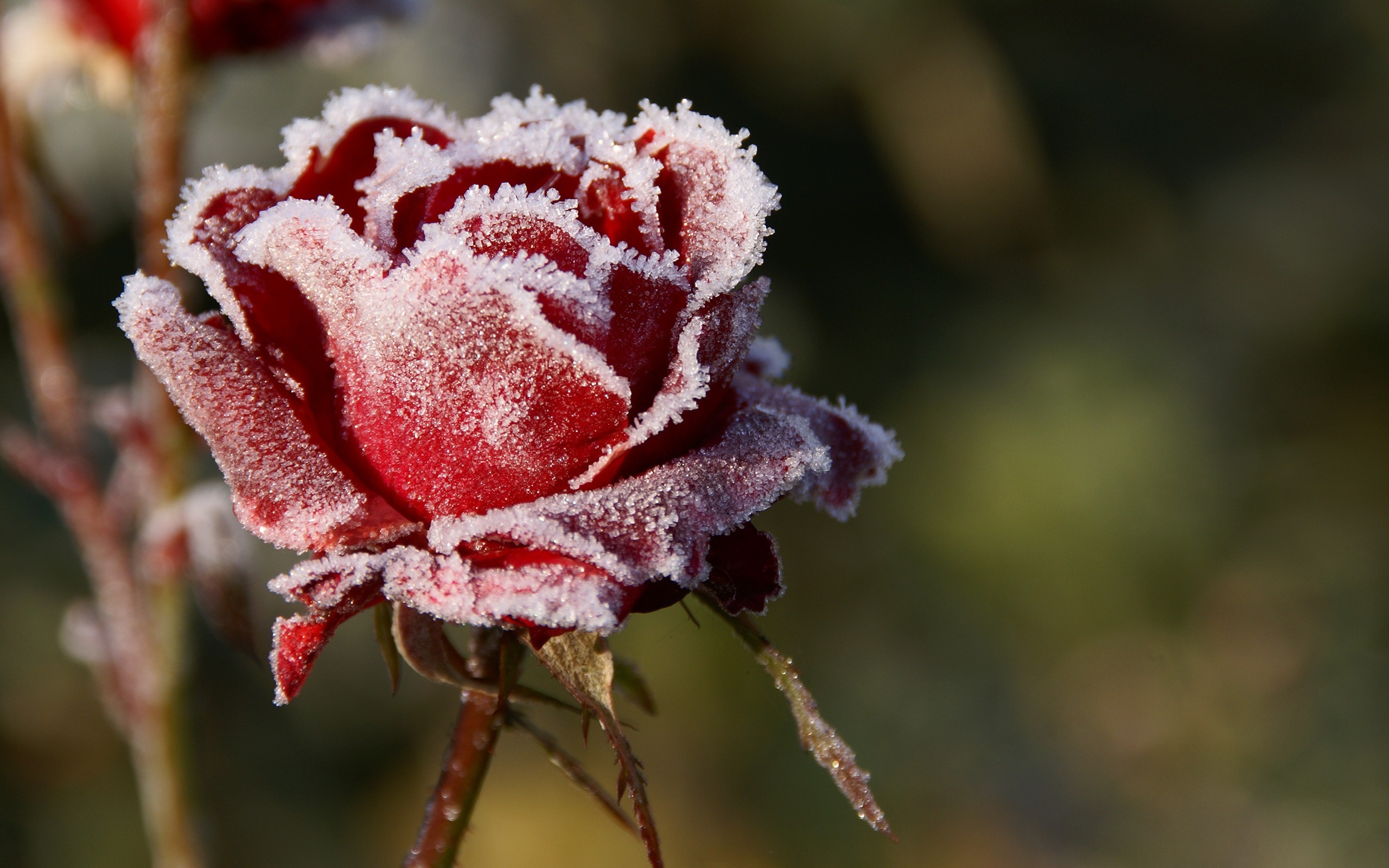 How to prune roses in the fall: timing, pruning rules, pros and cons
How to prune roses in the fall: timing, pruning rules, pros and cons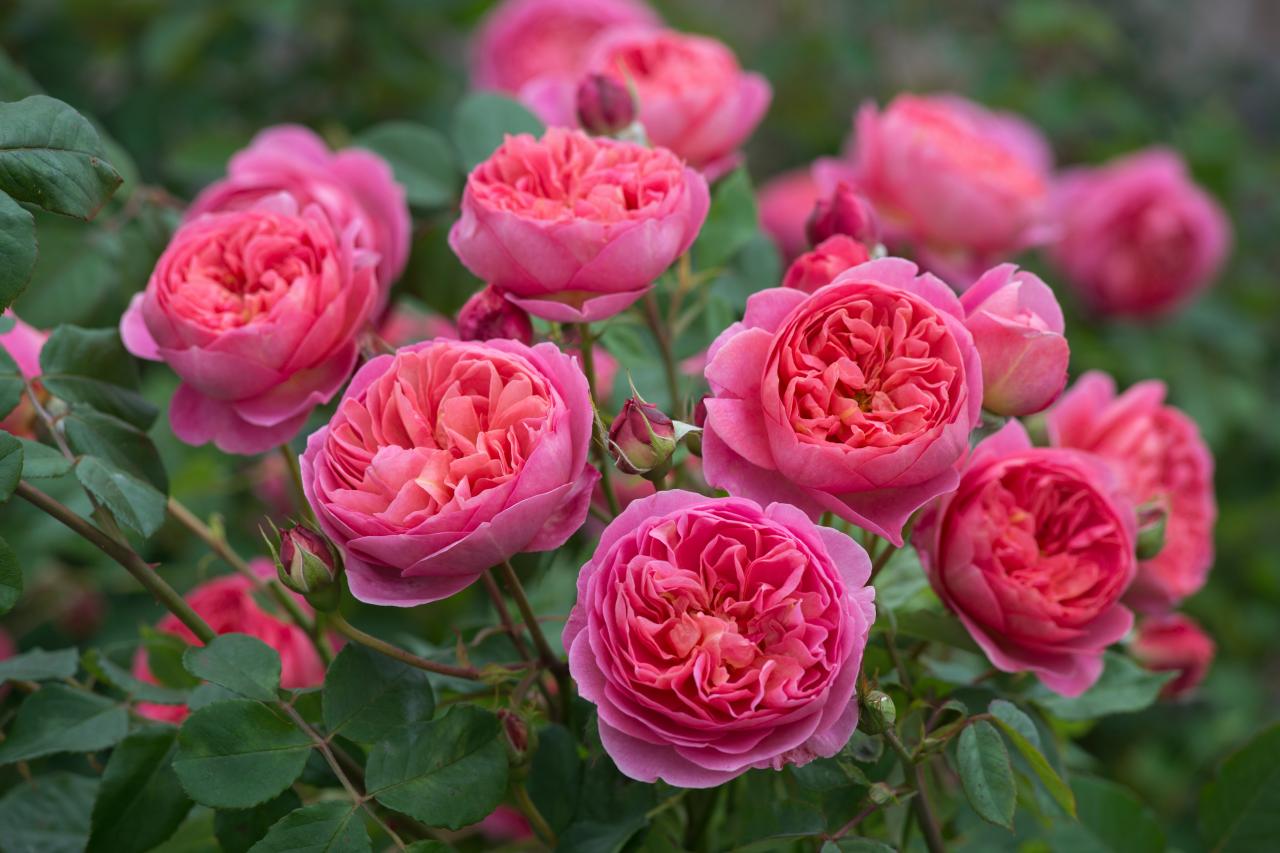 What are the varieties and types of roses
What are the varieties and types of roses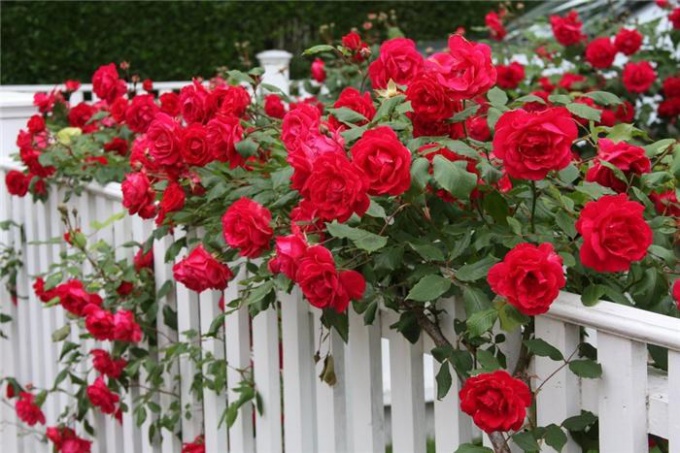 How to process roses with iron sulfate in autumn: proportions, advantages and disadvantages
How to process roses with iron sulfate in autumn: proportions, advantages and disadvantages